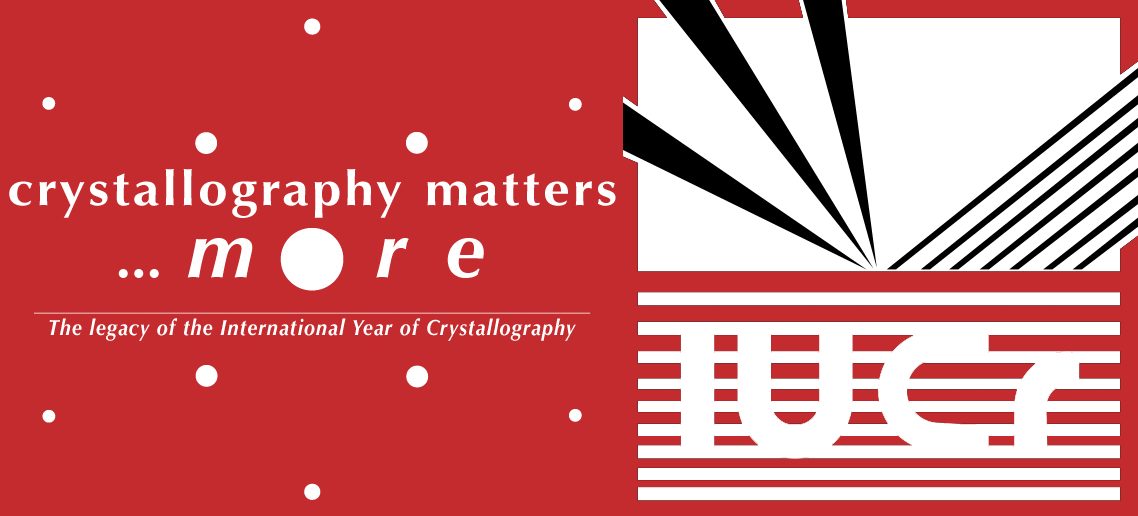issue contents
November 2019 issue

Cover illustration: The crystal structure of the fumarate salt of the synthetic psychedelic 4-HO-DPT is reported as its tetrahydrate (systematic name: bis{[2-(4-hydroxy-1H-indol-3-yl)ethyl]bis(propan-2-yl)azanium} but-2-enedioate tetrahydrate). 4-Hydroxy-N,N-di-n-propyltryptamine, or 4-HO-DPT, is a derivative of psilocin, which is the primary active psychedelic in `magic' mushrooms. Psilocin is the metabolite of psilocybin and its synthetic analogue psilacetin, and is a serotonin-2a agonist which results in its mood-altering effects. Tryptamines, both naturally occurring and their synthetic derivatives have garnered a great deal of interest because of their potential to treat depression and post-traumatic stress disorder (PTSD). The solid-state structures of bioactive tryptamine molecules are significant because they define each molecule's physical identity, thereby providing the foundation for all downstream research. For example, such fundamental structural characterization is essential for understanding each molecule's biological and clinical properties via structure-activity relationships. To help further elucidate these properties, the structure of 4-HO-DPT is reported. See: Chadeayne, Pham, Golen & Manke [IUCrData (2019). 4, x191469].
inorganic compounds


 access
accessmetal-organic compounds


 access
access

 access
access

 access
accessorganic compounds


 access
access

 access
access

 access
access

 access
access

 access
access

 access
access

 access
access

 access
access

 access
access

 access
access

 journal menu
journal menu

























![[publCIF]](/logos/authorchecklist11.gif)





